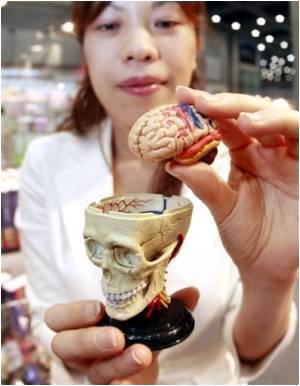
"There are many diseases, including cystic fibrosis, Alzheimer's disease, Huntington's disease, Parkinson's disease and diabetes, that are products of improperly folded-but potentially functional-proteins," said lead author Santiago Schnell, associate professor of molecular and integrative physiology at the U-M Medical School, and Brehm investigator at the Brehm Center for Diabetes Research.
"These diseases are known as protein folding or conformational diseases," added Schnell.
Conformational diseases can occur when proteins fail to fold into their correct functional states. A folded protein is a complex and useful three-dimensional protein with specific functions.
However, a common hallmark of many conformational diseases is that an otherwise functional protein changes into a misfolded protein that has a higher tendency to aggregate and become harmful to cells and the patient.
"Our model proposes a couple of remedies for recovering a patient's own misfolded proteins so they become correctly folded and functional proteins again," added Schnell.
Advertisement
The authors developed a theoretical model that explained a sudden shift in the concentration of misfolded proteins from a low to a high misfolded concentration inside cells. At high concentration, misfolded proteins become harmful to cells and the patients.
Advertisement
"This is a really interesting piece of work that has shed light on two critical variables that can influence the toxicity - and ultimately the clinical severity - of protein misfolding diseases like the one we study: misfolded proinsulin that triggers diabetes," said Peter Arvan, chief of the Division of Metabolism, Endocrinology and Diabetes, and director of the Michigan Comprehensive Diabetes Center.
"These ideas provide compelling directions for us to pursue new therapeutic options to escape the devastating consequences of a variety of protein misfolding diseases," added Arvan.
The study has been published in the Biophysical Journal.
Source-ANI










